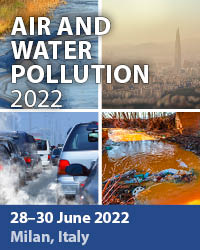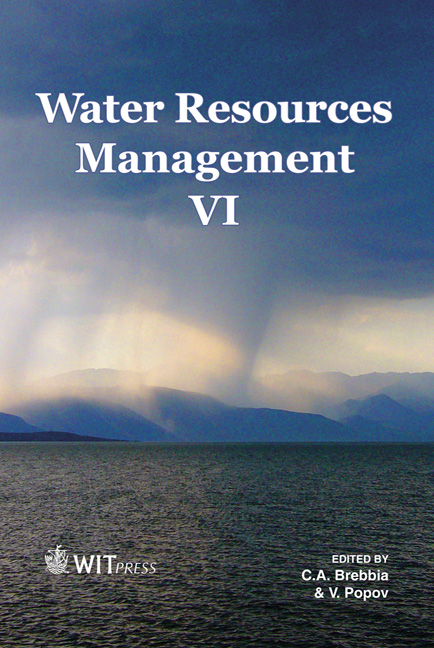Water Reallocation Policies: Public Perceptions
Price
Free (open access)
Transaction
Volume
145
Pages
11
Page Range
585 - 595
Published
2011
Size
414 kb
Paper DOI
10.2495/WRM110521
Copyright
WIT Press
Author(s)
H. Bjornlund, A. Zuo, C. Parrack3, S. Wheeler & R. de Loë
Abstract
The need for mechanisms to facilitate a reallocation of water to meet demands from new users and to improve the environmental conditions of many rivers in semiarid regions of the world is increasing. Given past allocation policies, which have vested control of often more than 80% of water resources with irrigators, this will require a reallocation of water out of irrigation. Such reallocation can take place in many ways but is likely to cause pain for irrigators and their communities. This paper investigates the acceptance of water reallocation policies in the context of Alberta, Canada. We explore the influences of demographic and attitudes on the acceptance of water reallocation policies and investigate whether such acceptance differs between urban and rural residents. We find that urban dwellers are more likely to favour government intervention while rural dwellers are more likely to support policies that aim to protect irrigators’ water rights. We also find that people, both in urban and rural areas, can be divided into three groups depending on their values and attitudes towards water and the environment: 1) pro-environment; 2) pro-economic and 3) undecided. The urban resident is more likely to belong to the pro-environmental group while rural residents are more likely to belong to the undecided group. Keywords: water reallocation, environmental needs, rural urban differences. 1 Introduction There is growing pressure on many water resources throughout the world, especially in semiarid regions. Population and economic growth as well as urbanization have caused water extraction to increase to critical levels so that many of the worlds’ major rivers no longer flow into the oceans during long
Keywords
water reallocation, environmental needs, rural urban differences





